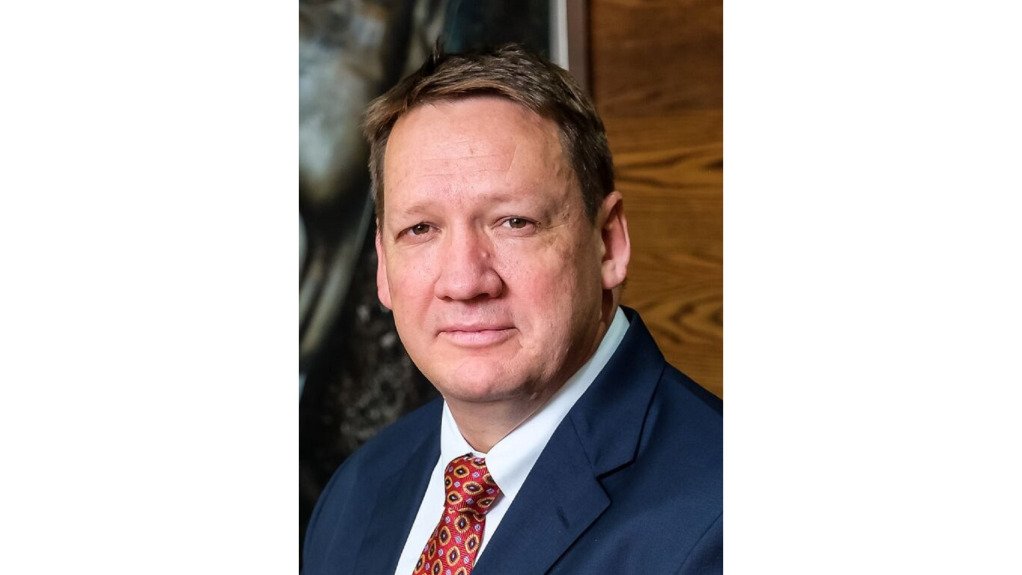
+27 (0)11 0461900
Private Bag X139 Halfway House 1685

Operational efficiencies highlighted at Indaba


ROB MOFFITT Achieving sustainable operations is one of the most important challenges industries have ever faced
The message from global energy management and automation supplier Schneider Electric at this year’s Investing in African Mining Indaba – held in Cape Town, South Africa in early February – stressed that building operational efficiency and resiliency to address volatility across the value chain will be prioritised by the mining companies of the future.
Importantly, Schneider Electric states that companies that are ill equipped to address internal volatility will be less likely, or able, to address an increasingly volatile external market.
Operational efficiency and resilience built through increased interoperability across power, process and digitisation will, in turn, be the initial building blocks for establishing truly sustainable operations.
“We are living in a period of digital and technological transformation where the way materials and services are produced, procured, delivered and consumed is increasingly driven by the need to be more sustainable, more efficient, more agile and more resilient,” says Schneider Electric mining, minerals and metals industries president Rob Moffitt.
He adds that achieving sustainable operations is one of the most important challenges industries have ever faced.
Sustainable operations are increasingly viewed as a source of potential competitive advantage and can also have a positive impact on a company’s valuation.
Similarly, those company’s lagging on this issue could increasingly be exposed to negative shareholder sentiment, lower employee morale and increased stakeholder activism.
“Resilience is a key concern in the mining sector where challenges, such as access to sufficient and reliable power, continue to impact operations,” says Moffitt, adding that Schneider Electric has built the capability to provide key insights to its clients through its consultancy practices across sustainability, process power and cybersecurity for the full project lifecycle including design, build, operate and optimisation.
The Three Interoperable Pillars
Schneider Electric’s approach to sustainability revolves around three pillars, which the company refers to as the sustainability triad: automation, electrification and digitisation.
Looking at the first key element – automation, Moffitt elaborates on Schneider’s EcoStruxure Power and Process solution, which he says makes processes efficient, safe and resilient.
EcoStruxure Power and Process is the company’s Internet of Things-enabled, open architecture platform which transforms information collected from across clients’ full value chain into actionable wisdom for transparent and optimised end-to-end operation.
“Closed, proprietary industrial automation technology is holding the industry back from realising the full promise of the Fourth Industrial Revolution,” he says.
“Universal automation, on the other hand, is the world of ‘plug and produce’ automation software components that share a common runtime based on the IEC 61499 standard, making them interoperable and portable, regardless of brand.”
Automation Focus
Owing to its belief in the collaborative approach of universal automation, Schneider Electric has launched its own universal automation offering.
The EcoStruxure Automation Expert is a new category of software-centric industrial automation transforming the industry.
He explains the second key element is electrification, as it makes energy green and sustainable.
“Electricity is the most efficient form of energy – which is proven to be three to five times more efficient than other sources – and it is the best vector for decarbonisation,” he says.
There has been a rapid increase in the portion of power generated by renewable sources including hydro, geothermal, wind and solar, all of which are available across various parts of the African continent.
Electrification is therefore key in strengthening the mining sector’s licence to operate and improve project economics in the coming years.
“A 2 oC, or lower, reduction in global temperature will require a more than doubling in power sector capacity over the next 20 years and will be truly transformational, with a direct correlation in the demand for so-called ‘energy transition’ or ‘critical minerals’ our industry produces,” avers Moffitt.
Further, the impact and contribution of this increased mineral demand will have a “profound and significant impact across the African economy”.
The third key element is digitisation as it facilitates disruption and builds a smart future, making the invisible visible, driving efficiency and eliminating energy waste.
“Industries of the future will require a digital way of thinking, where software and data play starring roles,” he says.
Software-centric automation can lower operating costs, increase agility and improve an industrial enterprise’s sustainability outlook.
Additionally, machines are becoming increasingly software-centric to enable remote operation and service while also increasing performance, explains Moffitt.
“There is increasing volatility in the market, driven by multiple factors; but, before a business can better respond to external events by reducing internal variabilities and building resilience, it will need to improve integration across various functions in the value chain from source to market.
“Integrated operations provide a single source of truth built on real-time tracking and interpretation of data. “In partnership with [operational technology software provider] AVEVA, we have extensive experience helping our clients globally establish unified and remote operating centres,” he concludes.


